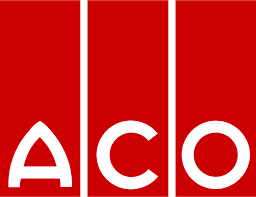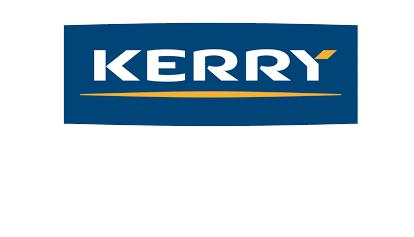
Every business needs to develop the capability to deliver projects well to respond to changes in market conditions and advances in technology. As almost all new ideas require testing to confirm proof of concept or to refine changes in work routines, Project Delivery is at the heart of any improvement process.
WHAT GOES WRONG?
Research into the causes of projects failures indicate a number of common failings such as:
- Incomplete or badly designed User Specifications which results in:
- Poorly defined user roles, project resources and programme timescales
- Avoidable risks and preventable problems identified late in the project timescale when they are more costly to resolve
- Increased Project Risks due to late or partial release of internal expertise/resources.
- Weak change management and implementation planning, leading to poor user engagement and skill development.
- Excessive focus on capital costs resulting in higher than necessary operating costs.
This is characterised by projects where:
- Participants work in project silo’s and take decisions without understanding their impact on the wider project deliverables.
- Opportunities to innovate and increase project value are not identified.
- Critical decisions are delayed or not taken.
- Communication between project stakeholders is poor, interrupted or doesn't happen.
That means that projects fail mostly due to people, collaboration and learning weaknesses rather than technical issues.
Connecting the dots around people plant and processes brings out the importance of people in the mix of levers that impact on the return on investment of technology projects. Research shows that where employees contribute to projects they are more than 3 times as successful as those that are purely driven top down.
People work for so much more than the straightforward business of getting paid for work. For them to engage with change, they need to be get involved in the project idea as early as possible so that they can play a value adding role in:
- Identification, review and justification of new thinking,
- Testing and proof of concept in pilot applications,
- Changes to work routines and workflows,
- Daily management of the new front line reality,
- Transitions from project to full operation and defect prevention.
Getting the right people involved improves:
- Decisions about the correct scope of the project, who to involve, knowledge gaps and how to develop Superior Specifications.
- Assessment of and collaboration with vendors to tease out latent design weaknesses, enhance project value and develop Better Project Plans,
- Actions to develop internal capabilities and manage the glide path to Flawless day one operation and beyond.
The outcome is a closer integration between Commercial, Operations and Process Technology functions delivering gains from:
- Closer feedback links to understand where the opportunities are
- Improved insights due to the iterative testing of ideas
- Feedback to make specifications more adaptive and resilient to change
- Aligned outlooks on known challenges such as how to progress towards net zero environmental goals.
Next steps?
The first step is a management awareness and review session to assess current status against the road map benchmarks. That includes working sessions to agree barriers and gaps and identify action plans to build on existing capabilities.
That supports the development of a mobilisation programme to launch the pilot phase of the Roadmap programme.
To find out more check out our support programme, send us a message here or contact us via








